Pablo Picasso Famous Paintings
Pablo Picasso (/pɪˈkɑːsoʊ, -ˈkæsoʊ/;] Spanish: [ˈpaβlo piˈkaso]; 25 October 1881 – 8 April 1973) was a Spanish painter, sculptor, printmaker, ceramicist, stage designer, poet and playwright who spent most of his adult life in France. Regarded as one of the most influential artists of the 20th century, he is known for co-founding the Cubist movement, the invention of constructed sculpture, the co-invention of collage, and for the wide variety of styles that he helped develop and explore. Among his most famous works are the proto-Cubist Les Demoiselles d'Avignon (1907), and Guernica (1937), a dramatic portrayal of the bombing of Guernica by the German and Italian airforces.
Dora Maar au Chat
Dora Maar au Chat (Dora Maar with Cat) is a 1941 painting by Pablo Picasso. It depicts Dora Maar, the painter's lover, seated on a chair with a small cat perched on her shoulders. The work is one of the world's most expensive paintings.
Girl Before A Mirror
Girl before a Mirror is a painting by Pablo Picasso that was created in March 1932. Considered to be one of his masterpieces, the painting has been widely known for its varied interpretations of the lover and the beloved.
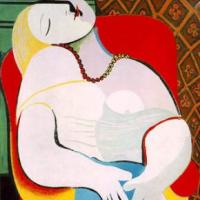
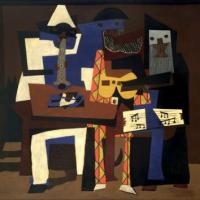
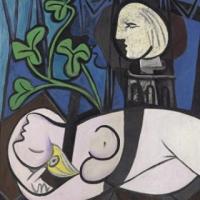
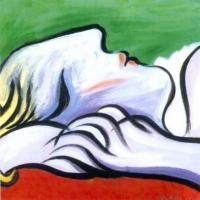
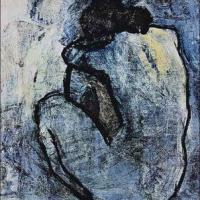
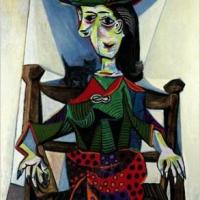
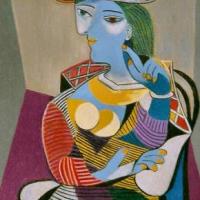
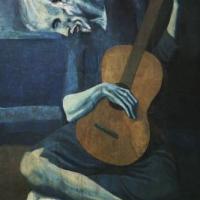
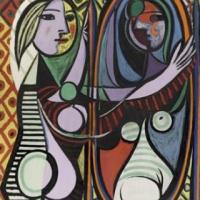
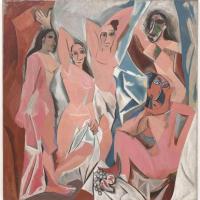
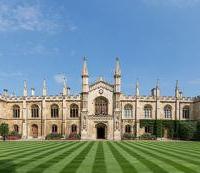
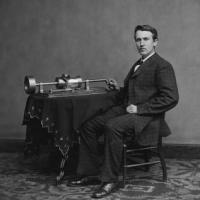
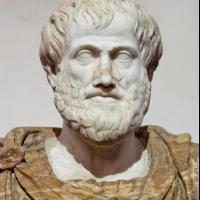
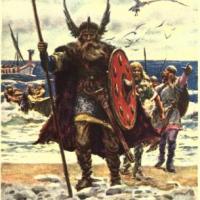

Le Rêve (The Dream)
Le Rêve (French, "The Dream") is a 1932 oil painting (130 × 97 cm) by Pablo Picasso, then 50 years old, portraying his 22-year-old mistress Marie-Thérèse Walter. It is said to have been painted in one afternoon, on 24 January 1932. It belongs to Picasso's period of distorted depictions, with its oversimplified outlines and contrasted colors resembling early Fauvism. The erotic content of the painting has been noted repeatedly, with critics pointing out that Picasso painted an erect penis, presumably symbolizing his own, in the upturned face of his model.